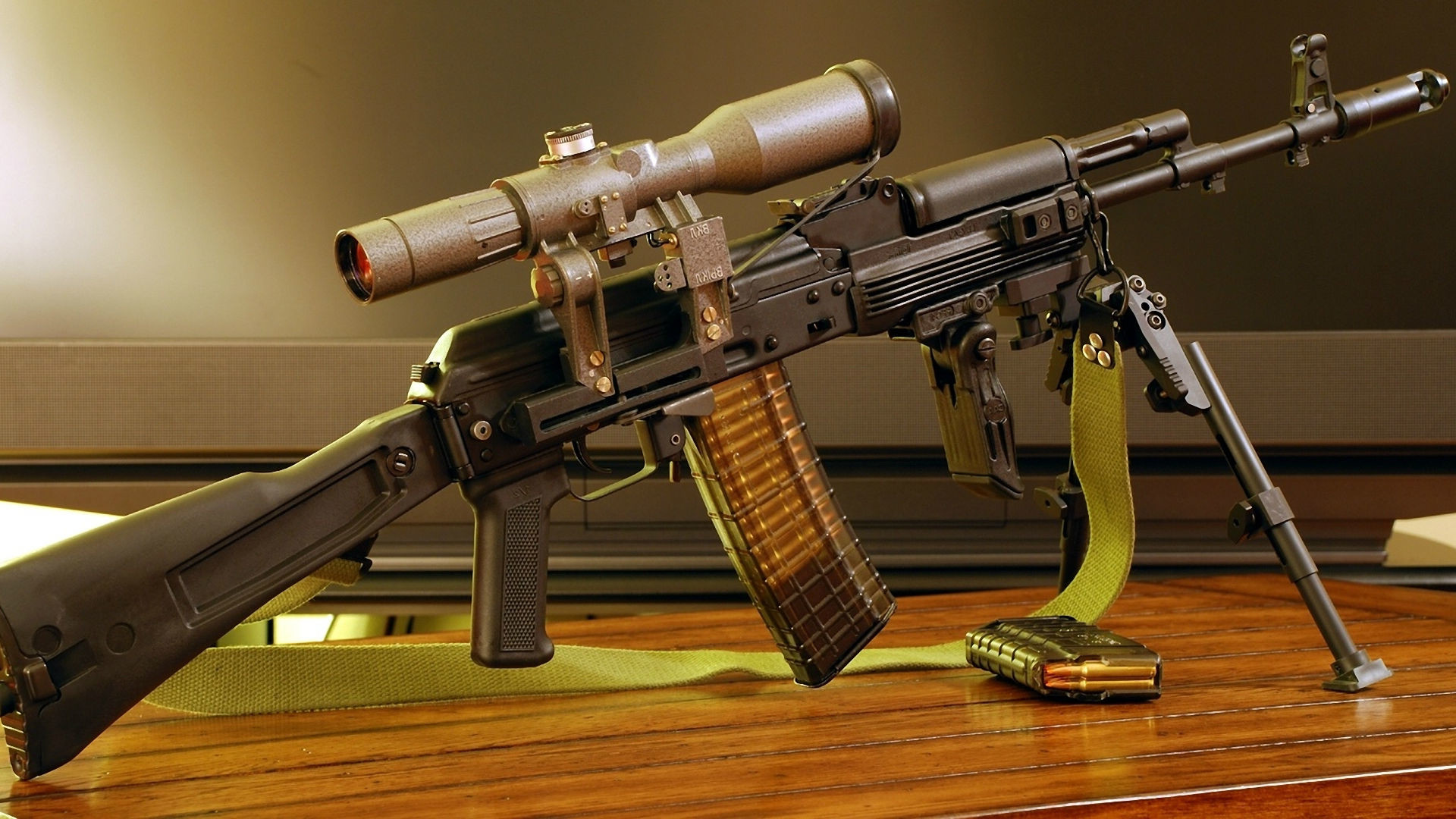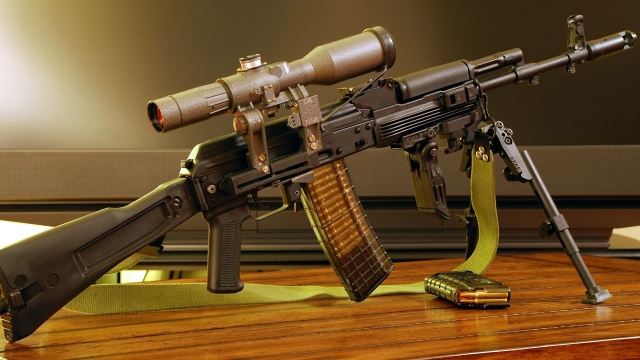Firearms have had a profound impact on human history, shaping the course of wars, revolutions, and even everyday life for centuries. These potent tools of destruction have evolved from crude muskets to sophisticated, high-powered weapons capable of immense firepower. In this article, we delve into the fascinating world of firearms, exploring their history, mechanics, and the impact they have on society. From the evolution of ammunition to the intricate workings of different types of firearms, we will navigate through the realms of precision engineering, accuracy, and the power that these weapons hold. Join us as we embark on a journey through time and uncover the stories behind these weapons that have forever changed the landscape of conflict and defense.
Evolution of Firearms
Firearms have undergone a remarkable evolution throughout history. From their humble beginnings as simple handheld weapons, they have evolved into powerful tools of defense and offense. This section will delve into the fascinating journey of firearms, highlighting the advancements that have shaped their development.
-
Invention of Gunpowder: The story of firearms begins with the discovery of gunpowder, a pivotal invention that revolutionized warfare. Developed in ancient China during the 9th century, gunpowder consisted of a mixture of sulfur, charcoal, and potassium nitrate. Its explosive properties led to the creation of various weapons, marking the birth of firearms.
-
Early Firearms: The earliest firearms were crude and primitive. One of the earliest examples is the hand cannon, which emerged in the 13th century. These handheld devices featured a metal barrel and were ignited by inserting a lit match or fuse. While their accuracy and range were limited, they represented a significant leap from conventional weaponry.
-
Technological Advancements: Over time, firearms underwent significant technological advancements. The introduction of the matchlock mechanism in the 15th century improved accuracy and ease of use. This mechanism involved a trigger and a match, which, when ignited, would fire the weapon. Later, the development of the flintlock mechanism further refined firearms, making them more reliable and quicker to reload.
Through the centuries, firearms have continued to evolve, with innovations such as the introduction of rifling, the development of breech-loading systems, and the creation of specialized ammunition. These advancements have shaped the capabilities and effectiveness of firearms, transforming them into the powerful weapons we see today.
Stay tuned for the next sections of this article, where we will explore the impact of firearms on warfare and society, as well as the modern-day challenges and debates surrounding them.
Note: In the actual article, the section titles would be formatted using the appropriate Markdown heading syntax, rather than explicitly stating "###."
Types of Ammunition
In the world of firearms, understanding the different types of ammunition is essential. Ammunition refers to the projectiles or cartridges that are loaded into firearms for propelling and firing. There are various types of ammunition used depending on the type of firearm and its intended purpose.
1. Rimfire Ammunition
Rimfire ammunition is commonly used for small-caliber firearms such as .22 rifles and handguns. It is named after the rimfire primer located around the base of the cartridge. This primer contains the ignition compound, which is struck by the firing pin, igniting the propellant and firing the bullet. Rimfire ammunition is relatively inexpensive and is suitable for training, plinking, and small game hunting.
2. Centerfire Ammunition
Centerfire ammunition is widely employed in handguns, rifles, and shotguns. In contrast to rimfire ammunition, the primer in centerfire cartridges is located in the center of the base. When hit by the firing pin, the primer ignites the propellant, ensuring reliable ignition. Centerfire ammunition offers higher power and larger calibers, making it suitable for self-defense, hunting, and target shooting.
3. Shotgun Shells
Shotgun shells, also known as shotgun ammunition or simply shotshells, are specifically designed for shotguns. They come in various lengths and gauges, with the gauge referring to the bore size of the shotgun. Shotgun shells are loaded with multiple projectiles, known as shot, or a single large projectile, known as a slug. These shells are used for hunting birds and other small game, as well as for skeet shooting and self-defense.
Understanding the different types of ammunition is crucial for gun owners and enthusiasts. By familiarizing ourselves with the characteristics and applications of each type, we can make informed decisions regarding our firearms and ensure safe and responsible shooting practices.
Firearm Safety and Regulations
Firearm safety is of utmost importance when it comes to handling firearms. It is crucial to understand and follow the regulations set forth by governing bodies to ensure the well-being of individuals and the general public.
One of the fundamental aspects of firearm safety is proper training and education. It is essential for individuals to receive the necessary instruction on how to handle and operate firearms safely. This includes understanding basic firearm mechanics, learning proper shooting techniques, and comprehending the potential risks associated with firearms.
In addition to training, regulations play a vital role in ensuring firearm safety. Governments around the world have established laws and regulations to control the possession, transfer, and use of firearms. These regulations aim to prevent firearm-related accidents, crimes, and any misuse of firearms.
It is important for individuals to be aware of the specific regulations that apply to their region or country. These regulations typically cover aspects such as licensing and registration requirements, restrictions on certain types of firearms or ammunition, and guidelines for safe storage of firearms.
By strictly adhering to these regulations and practicing responsible firearm handling, individuals can contribute to a safer environment for themselves and others. It is everyone’s responsibility to prioritize firearm safety and to comply with the regulations put in place to minimize risks and ensure the well-being of all.



